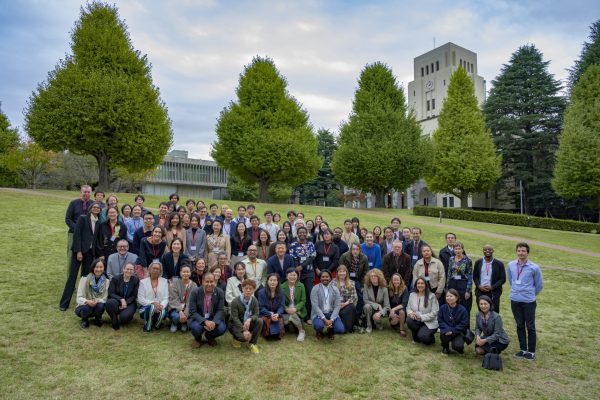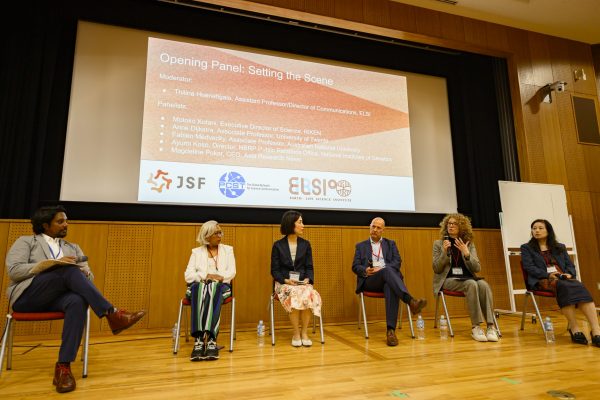
The PCST Japan Symposium 2025, organised by the Japan SciCom Forum (JSF) and hosted by the Earth-Life Science Institute (ELSI) in Tokyo, convened more than 120 researchers, practitioners, educators, and policymakers from across Asia and around the world. As the first PCST symposium held in Japan, the event marked a milestone for the region and created a dedicated platform to discuss how science communication can evolve in rapidly changing, multilingual, and culturally diverse contexts.
At the heart of the symposium were two guiding questions shaping the future of science communication in Asia:
- How can Asia develop formal and informal education and training pathways to professionalise science communication?
- How can we better connect science communication research with practice to engage diverse audiences?
Across three days, participants engaged in keynote lectures, contributed talks, interactive panels, and a series of four Working Groups discussions structured using the Collective Inquiry Symposium Model – a participatory design that links preparation, engagement, and synthesis. This approach transformed the event into a space for collaborative learning and knowledge co-production rather than passive exchange.

Discussions throughout the symposium highlighted the need to:
- develop culturally grounded and regionally relevant curricula;
- build cross-sector learning ecosystems that integrate universities, media, museums, and industry;
- improve institutional incentives and recognition for science communication work; and
- adopt more responsive and context-aware approaches to public engagement across Asia.
The working groups compiled written insights that will form the foundation of two post-symposium papers. These papers will articulate the emerging challenges, best practices, and strategic directions identified by participants, contributing to a more inclusive and evidence-informed science communication landscape in the region.
Reflecting on the symposium’s significance, co-chairs Thilina Heenatigala and Ayumi Koso noted: “Looking ahead, the symposium marks a significant step toward building sustainable regional networks, adopting shared evaluation frameworks, and centring non-Western perspectives in global science communication.”


PCST president, Fabien Medvecky, said, “The PCST Japan Symposium was both wonderful and important; important in two ways. Firstly, as the first PCST event held in Japan, the symposium reinforced the role and importance of Asia in the international community. And secondly, as a process, the symposium offered participants a different approach to engaging as a community. Thank you and congratulations on a great success!”
To sustain momentum, follow-up activities, including continued working group collaboration, data synthesis, and upcoming webinars, will support the development of actionable pathways that extend beyond the symposium and help strengthen science communication infrastructures across Asia.
PCST Japan Symposium 2025 website: https://www.japansci.com/conference/jsf25
